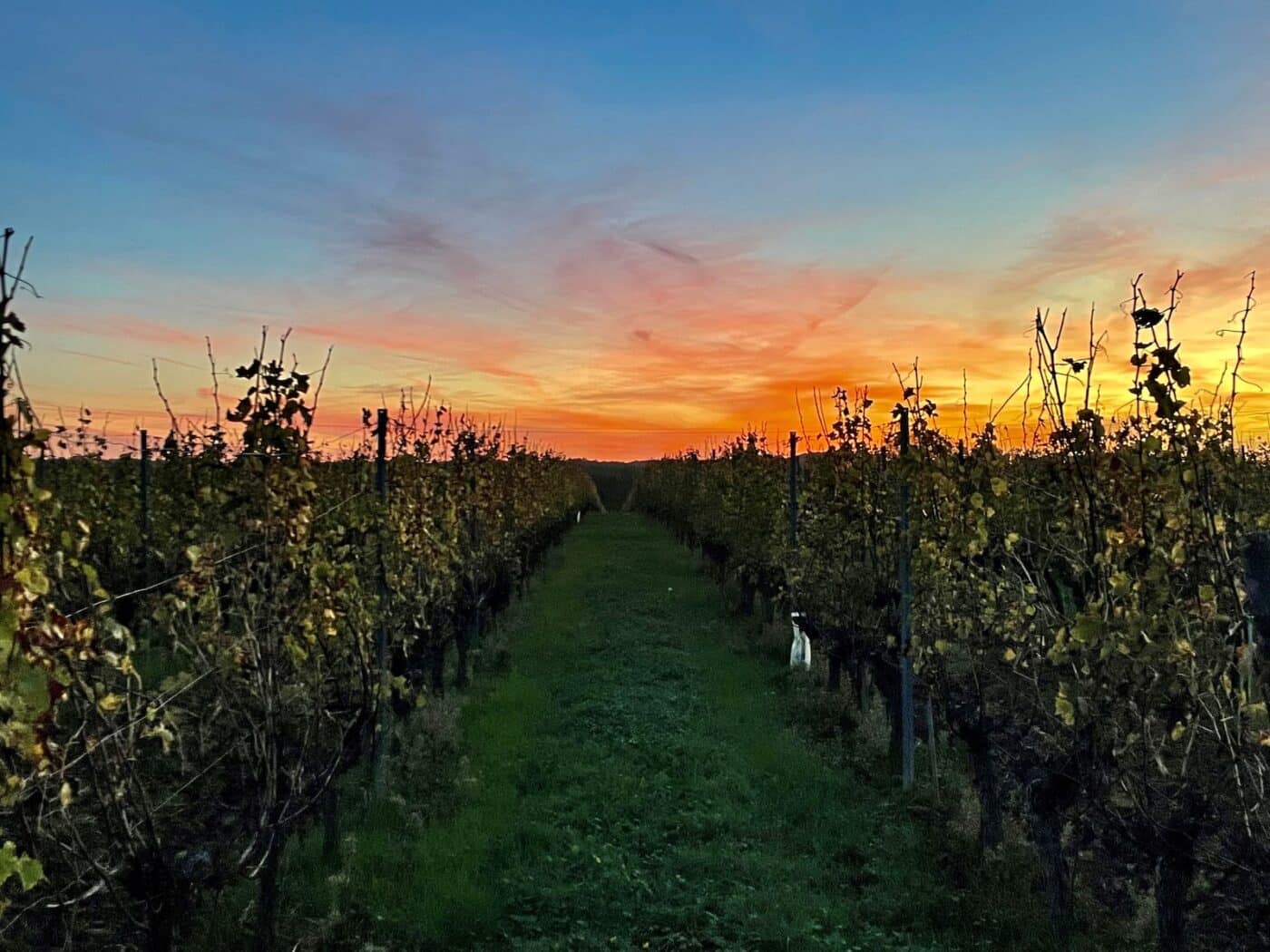The very thing that makes a Bordeaux vineyard purchase exciting is its complexity, but complexity is only daunting at the beginning when there appears to be too much to learn. We were recently advising an international vineyard investor and as we looked for a place to start, we recognized that many of our clients have a perception that a vineyard purchase is a real estate acquisition. Of course, real estate is an integral part of a vineyard business and forms much of its underlying (asset) value, however, by the time a vineyard investor buys they come to realize that they are buying an operating business; their perceptions will often have changed dramatically compared to their initial starting point.
Any attempt to model will always over simplify, however, models are a helpful place to start when understanding a market. Again, we emphasize that this is simplistic nevertheless, by categorizing vineyard “types” it provides a launch pad to discuss the most important topic of all: strategy.
The Model
We explain to our clients that you can break down the Bordeaux vineyard market into five broad categories as follows:
1. Prestigious appellation. This vineyard category will attract an investor that has a limited budget but for whom the priority is above all to own a prestigious Bordeaux vineyard appellation. While being prestigious it is unlikely that it would be classified (under the 1855 classification or the St Emilion classification) equally it is unlikely to have a large chateau residence or a world-famous brand (since their values can be in the hundreds of millions). It is rare that such a purchase will be more than 10 hectares, in fact it could be as little as 1 hectare and most commonly it will be in either Saint Emilion or Pomerol. While not as prestigious, it could also include vineyards in the Saint Emilion satellites such as Lalande de Pomerol, St George St Emilion, Montagne St Emilion, Puisseguin St Emilion and Lussac St Emilion. With the budget being devoted to the prestige of the vineyard appellation it is common that such a vineyard will have a more modest residential component or potentially no residence at all. Typical price range €1m to €10m
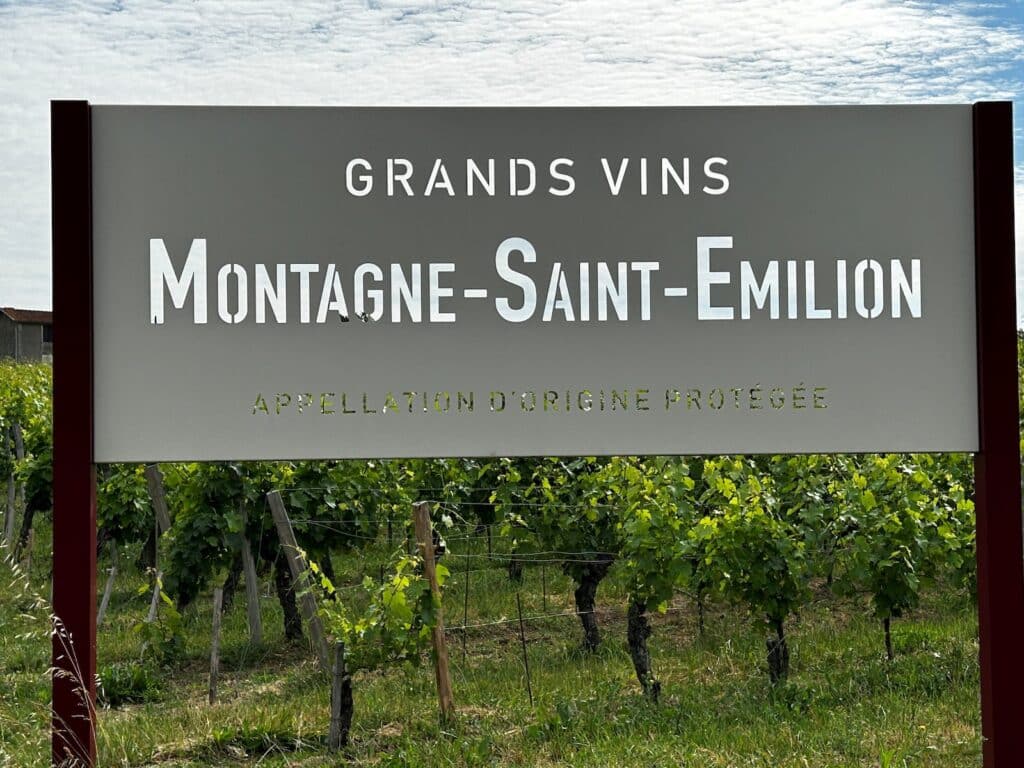
2. Prestigious chateau with less prestigious vineyard (appellation) component (but often a quality wine product). The prestigious chateau category can be seen as the inverse of the prestigious appellation category above. Here we see more value placed on how the chateau looks, its scale, history and grandeur. It is not unusual for the prestigious chateau category to be combined with the Factory category below although increasingly the prestigious chateau category can be repurposed for hospitality revenue such as bed and breakfast. Typical price range €1.5m to €4m
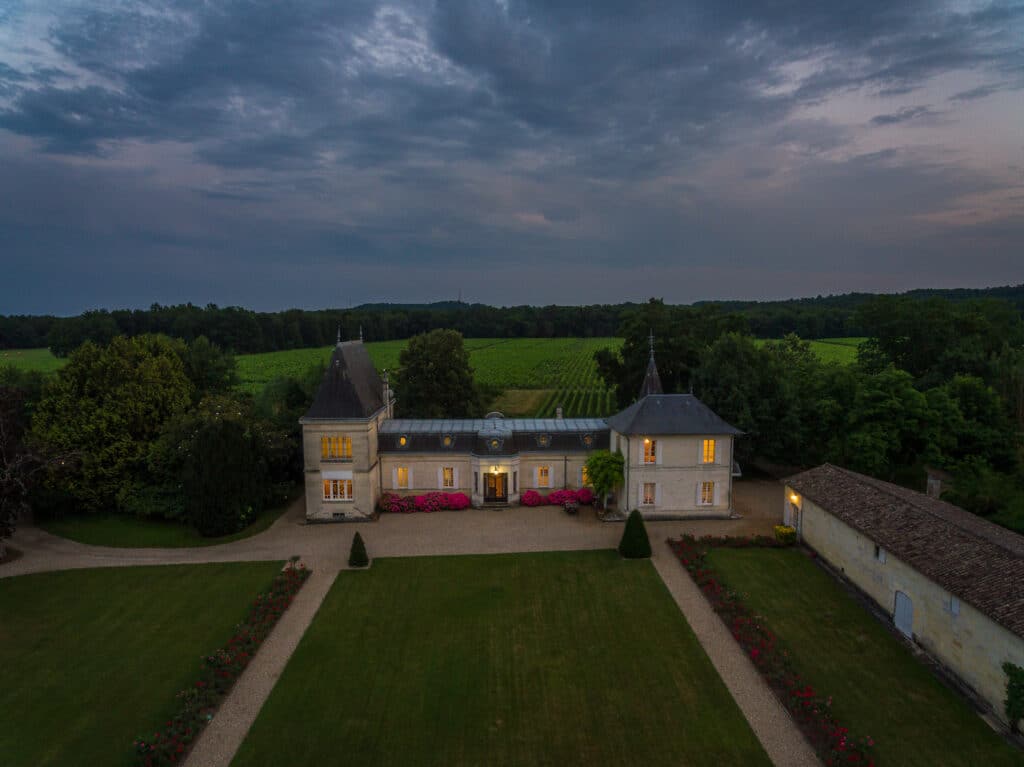
3. Large commercial “Factory” with high volume production (lower margins per unit) and typically a residence that needs renovation. The Factory category is all about wine production and it is the closest cousin to large scale farming in other food sectors such as wheat for example. Economies of scale are an essential part of the strategy and it is very rare for a factory vineyard to be less than 50 hectares in size since this is the minimum scale for marginal utility of labour and resources to reach efficiencies. It is rare that the factory category is glamourous although such operations may have a glamourous history dating back to the time that the chateau was first built. Typical price range €5m to €15m
4. Hobby vineyards with limited exposure to the risks associated with agriculture and wine distribution the emphasis is weighted on lifestyle. The word hobby suggests that earning revenue is not the primary objective of the buyer indeed in our analysis on Hobby Vineyards we defined them as “a vineyard operation owned by someone that does not need it as a primary source of income” – clearly there are exceptions that do not fit this rule such as Francois Pinault the owner of Chateau Latour: Mr Pinault would not consider Chateau Latour as his primary source of income nevertheless it would not be a hobby vineyard. Therefore, to clarify this anomaly we would place all hobby vineyards under €10m Euros. Hobby vineyards are commonly well finished, very well located and in beautiful settings but rarely in prestigious appellations. Interestingly, they often produce some of the best wines in Bordeaux since their owners are motivated by their passion for their wines and the lifestyle more than the commercial necessities of profit making. Typical price range €2m to €10m
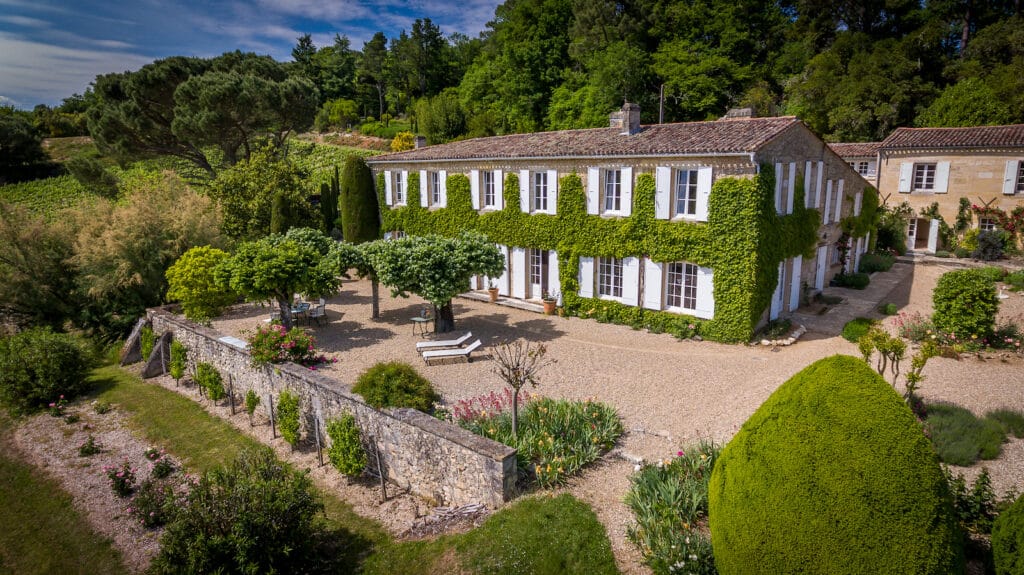
5. Classified estates or investment grade wineries. This category is rarely if ever under €20m in value and often purchased by long term institutional investors. The majority of the Bordeaux classified estates are on the left bank and curiously they often have attributes of all of the above categories – they are in prestigious appellations, with a prestigious chateau, they are often large and produce a lot of wine and have a strong lifestyle component – a classic example would be Chateau Margaux. Typical price range €50m to >€1bn
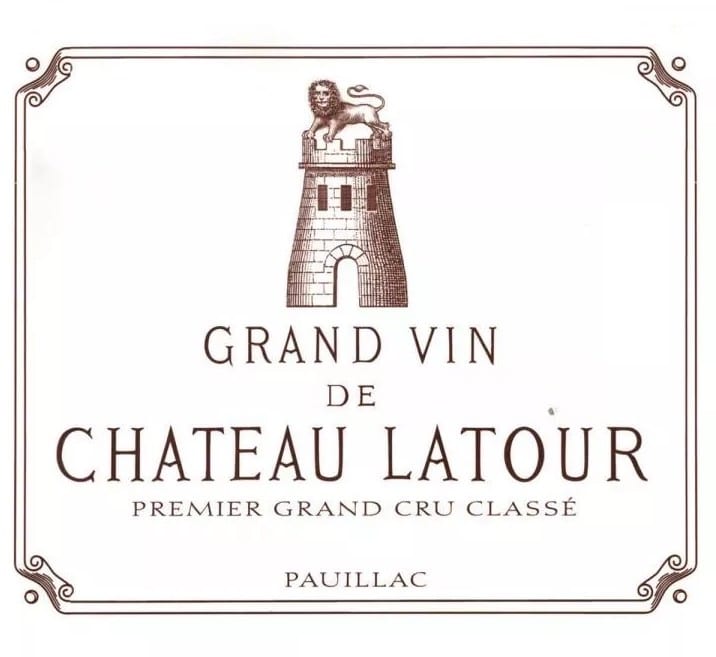
The Bordeaux vineyard market has a total inventory of over 7000 vineyards. About 80% of those are valued at €5 million and less and this translates proportionately into the available inventory for sale also. At any given time, there are about 150 to 200 Bordeaux chateaux vineyard estates listed for sale (both openly on the market and privately listed on a confidential basis) – again as with the total Bordeaux vineyard inventory, about 80% are €5 million or under in value.
In conclusion, if there is one important takeaway from this article, it is to understand that although a vineyard estate looks like real estate it should not be analysed or purchased as real estate which means that strategy, structuring and a business plan are the important discussion points in discerning which of the vineyard acquisition categories are most appropriate.
Written by Michael Baynes: co-founder Vineyards-Bordeaux
